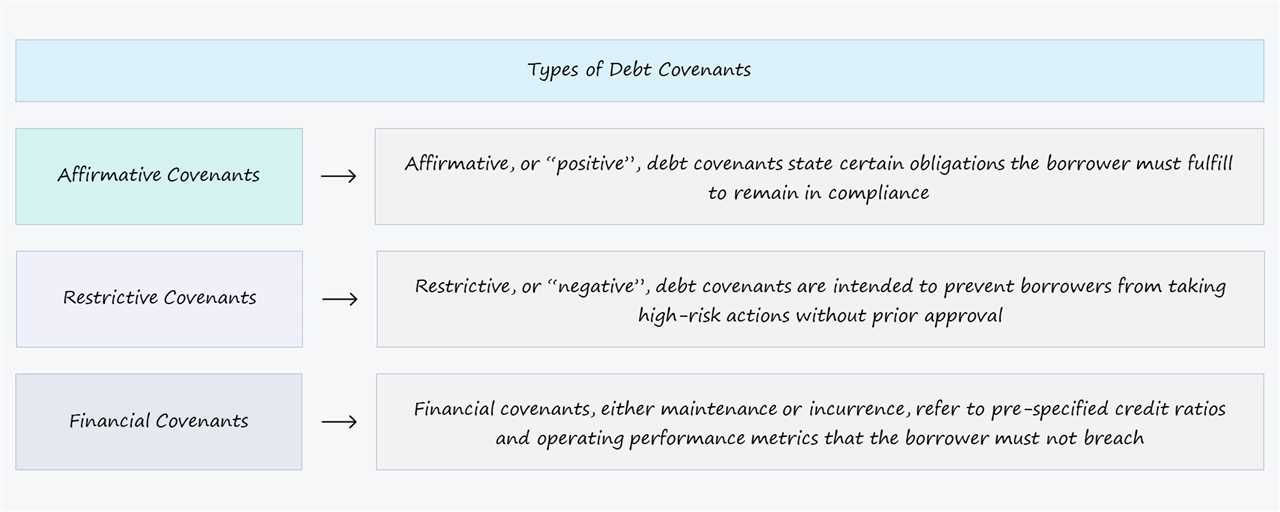Funded Debt Overview

In corporate accounting, funded debt refers to the long-term debt that a company has issued and is obligated to repay over a period of time. This type of debt is typically used by companies to finance their operations, investments, and expansion plans. Funded debt is an important aspect of a company’s capital structure and is recorded on its balance sheet.
Types of Funded Debt
There are several types of funded debt that a company can issue:
- Bonds: Bonds are debt instruments that represent a loan made by an investor to a company. They have a fixed interest rate and maturity date. Companies issue bonds to raise capital for various purposes, such as funding new projects or refinancing existing debt.
- Notes: Notes are similar to bonds but typically have a shorter maturity period. They are also used by companies to raise capital.
- Bank Loans: Bank loans are loans provided by financial institutions to companies. They can be secured or unsecured and have varying interest rates and repayment terms.
- Convertible Debt: Convertible debt is a type of debt that can be converted into equity or stock of the issuing company. This type of debt provides flexibility to investors and can be attractive to companies that anticipate future growth and potential stock appreciation.
Funded debt is an important consideration for investors and creditors when assessing a company’s financial health and risk profile. It is essential for companies to manage their funded debt effectively to ensure they can meet their repayment obligations and maintain a healthy balance sheet.
In corporate accounting, funded debt refers to the long-term debt that a company has issued to finance its operations or investments. It is an important aspect of a company’s financial structure and is recorded on its balance sheet as a liability.
Funded debt can take various forms, including bonds, loans, and other debt instruments. These instruments are typically issued by the company to raise capital from investors or financial institutions. The funds raised through funded debt are used for various purposes, such as funding expansion projects, acquiring assets, or refinancing existing debt.
One key characteristic of funded debt is that it has a fixed maturity date, meaning that the company is obligated to repay the principal amount borrowed at a specific future date. This provides investors with a clear timeline for the repayment of their investment and allows the company to plan its cash flow accordingly.
Another important aspect of funded debt is the interest payments that the company is required to make to the investors or lenders. The interest rate on funded debt is typically fixed or variable, depending on the terms of the debt instrument. These interest payments represent a cost to the company and are recorded as an expense on its income statement.
Funded debt is an essential component of a company’s capital structure and plays a crucial role in its financial health. It provides the company with the necessary funds to support its operations and growth initiatives. However, excessive funded debt can also pose risks to a company’s financial stability, as it increases the company’s interest expense and debt burden.
Types of Corporate Debt
1. Bonds
Bonds are debt instruments issued by companies to raise capital. They are typically sold to investors and pay interest over a specified period. Bonds can be classified into various categories, such as government bonds, corporate bonds, and municipal bonds. Corporate bonds are issued by companies to finance their operations or fund specific projects. They offer fixed interest payments and have a maturity date when the principal amount is repaid.
2. Loans
3. Lines of Credit

A line of credit is a flexible form of corporate debt that allows companies to borrow funds as needed, up to a predetermined limit. It functions like a credit card, where the borrower can withdraw funds and repay them as per their requirements. Lines of credit are often used to manage short-term cash flow needs, such as inventory purchases or payroll expenses. They provide companies with quick access to funds without the need for repeated loan applications.
4. Commercial Paper

Commercial paper refers to short-term debt instruments issued by companies to meet their immediate financing needs. It is typically issued for a period of less than a year and is considered a low-risk investment. Commercial paper is often used by large corporations with strong credit ratings to raise funds quickly and at a lower cost compared to other forms of debt. It is usually sold to institutional investors, such as banks and mutual funds.
5. Convertible Debt
Convertible debt is a type of corporate debt that can be converted into equity shares of the issuing company. It offers investors the option to convert their debt holdings into ownership stakes if certain conditions are met. Convertible debt provides companies with the flexibility to raise funds at a lower interest rate compared to traditional debt instruments. It is often used by startups and high-growth companies to attract investors who are willing to take on more risk in exchange for potential equity upside.
These are just a few examples of the types of corporate debt that companies can utilize to raise capital. Each type has its own advantages and considerations, and companies often use a combination of debt instruments to meet their financing needs. It is important for investors and analysts to carefully evaluate a company’s debt structure and terms to assess its financial stability and risk profile.
Exploring Different Types of Debt Instruments in Corporate Accounting
In corporate accounting, there are various types of debt instruments that companies can use to raise funds. These instruments serve as a means for companies to borrow money from investors or financial institutions, with the promise of repayment over a specified period of time.
1. Bonds: Bonds are one of the most common types of debt instruments used by corporations. They are essentially loans that companies take from investors, who become bondholders. Bonds have a fixed interest rate and maturity date, and companies make regular interest payments to bondholders until the bond matures.
2. Loans: Loans are another common form of debt instrument. Companies can borrow money from banks or other financial institutions, and repay the loan over a specified period of time, usually with interest. Loans can be secured or unsecured, depending on whether the company provides collateral.
3. Commercial Paper: Commercial paper is a short-term debt instrument that companies issue to raise funds for their short-term financing needs. It is typically issued for a period of less than a year and is sold at a discount to its face value. Commercial paper is usually bought by institutional investors and provides a low-cost source of funding for companies.
4. Debentures: Debentures are similar to bonds, but they are not secured by any specific assets of the company. Instead, debenture holders have a general claim on the assets of the company. Debentures may have a fixed or floating interest rate and a specified maturity date.
6. Preferred Stock: While not technically a debt instrument, preferred stock can be considered a form of corporate debt. Preferred stockholders have a higher claim on the company’s assets and earnings compared to common stockholders. Preferred stock pays a fixed dividend, similar to interest payments on debt instruments.
Overall, these different types of debt instruments provide companies with flexibility in raising funds and managing their financial obligations. Each type has its own advantages and considerations, and companies may choose to use a combination of these instruments depending on their specific needs and financial situation.

Emily Bibb simplifies finance through bestselling books and articles, bridging complex concepts for everyday understanding. Engaging audiences via social media, she shares insights for financial success. Active in seminars and philanthropy, Bibb aims to create a more financially informed society, driven by her passion for empowering others.
